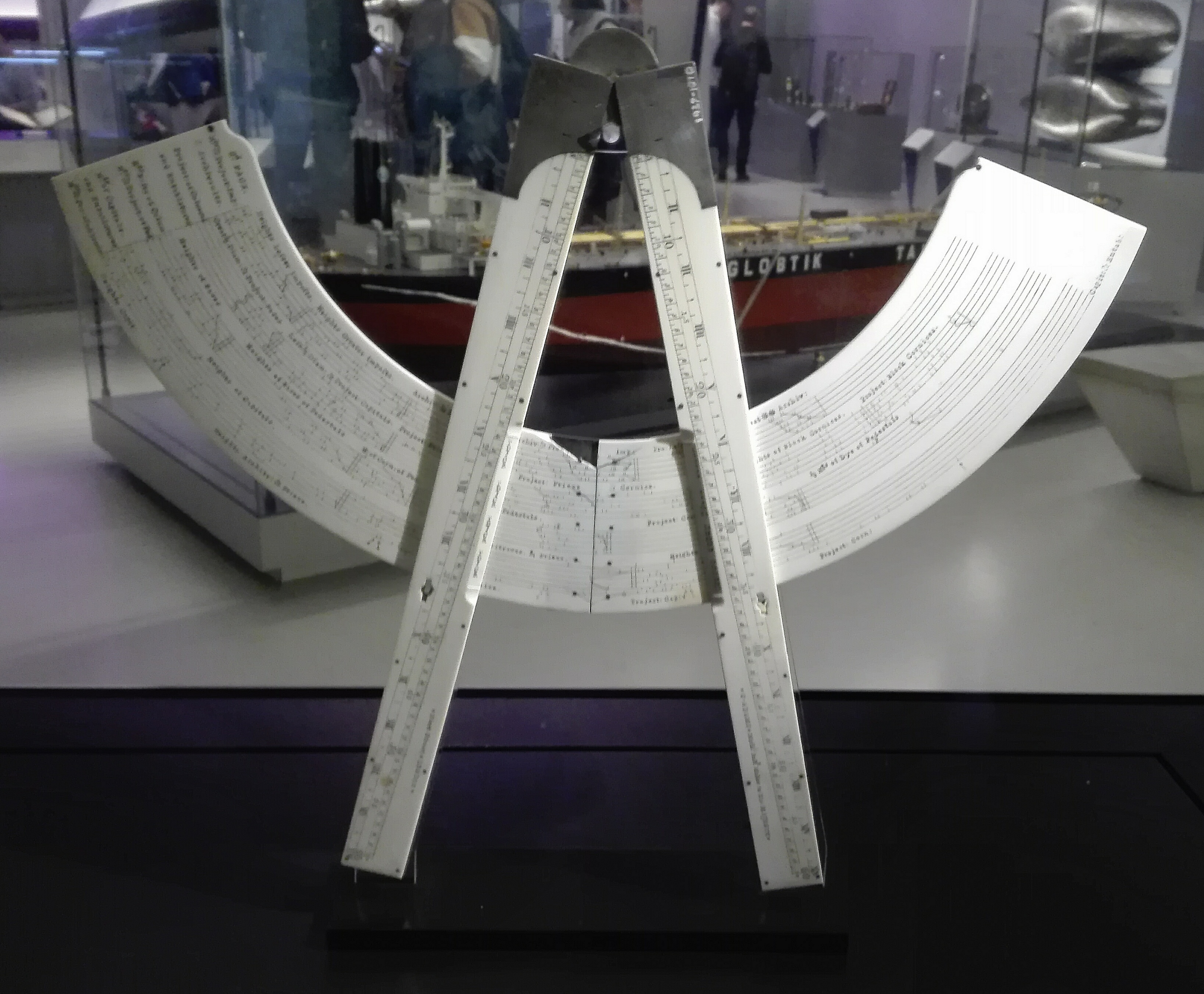Proportions and beauty
Author: Raphaël Legris
Since the beginning of the Antiquity, and even centuries ago, humans and artists have been trying to find out why an object seems beautiful. Thus, the ancient Greeks, but also the Romans, were the first one to believe that mathematics were the answer to this question, and that using rigorous rules would create structures in harmony with the natural ones.
Since the beginning of the Antiquity, and even centuries ago, humans and artists have been trying to find out why an object seems beautiful. Thus, the ancient Greeks, but also the Romans, were the first one to believe that mathematics were the answer to this question, and that using rigorous rules would create structures in harmony with the natural ones.

This specialist mathematical instrument for architects was used in order to obtain, without any calculations, the measurements of different architectural features, according to their “order” (Doric, Tuscan, Ionic, Corinthian, Roman) and to the ancient proportion rules.
Even nowadays, architects are sensitive to the proportions, and mathematics are still important in the process of design of a building.
 |
 |
| Unité d’habitation of Berlin, Le Corbusier, 1956 | Le modulor, Le Corbusier |
This building of the famous modern architect Le Corbusier is designed according to a system of proportion, Le modulor, based on the human body, but also on the golden ratio and the Fibonacci sequence. Even the chairs and the content of these unité d’habitation(this one, and other ones at Marseillle, Firmini, Reze, Briey) are designed according to this mathematical rule.